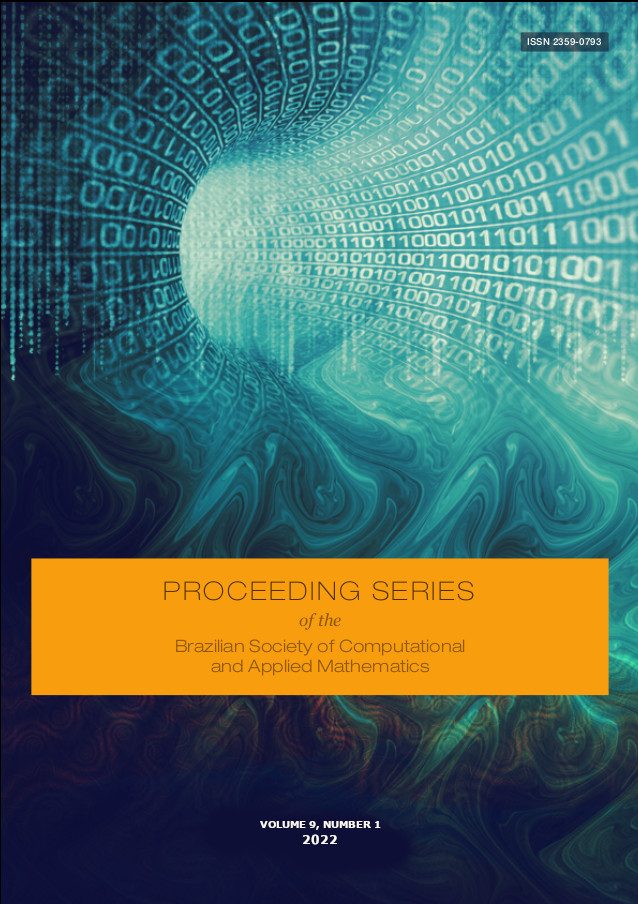Analysis of Rainfall Networks Generated from Different Similarity Measures
Resumo
Network science allows the investigation of several complex systems. From a set of nodes (vertices) and links (edges), it is possible to abstract the characteristics of these systems and the interactions between their components, enabling, for example, the study of the dynamics of meteorological systems via their time series on global [4], and local [2, 5] scales. [...]Downloads
Referências
Donald J Berndt and James Clifford. “Using dynamic time warping to find patterns in time series.” In: KDD workshop. Vol. 10. 16. Seattle, WA, USA: 1994, pp. 359–370.
Wilson Ceron et al. “Community detection in very high-resolution meteorological networks”. In: IEEE Geoscience and Remote Sensing Letters 17.11 (2019), pp. 2007–2010. doi: 10.1109/LGRS.2019.2955508.
Jonathan F Donges et al. “Complex networks in climate dynamics”. In: The European Physical Journal Special Topics 174.1 (2009), pp. 157–179. doi: 10.1140/epjst/e2009- 01098-2.
Leonardo N Ferreira et al. “The effect of time series distance functions on functional climate networks”. In: The European Physical Journal Special Topics 230.14 (2021), pp. 2973– 2998. doi: 10.1140/epjs/s11734-021-00274-y.
Aurelienne AS Jorge, Izabelly C Costa, and Leonardo BL Santos. “Geographical Complex Networks applied to describe meteorological data”. In: Proceedings XXI GEOINFO. 2020, pp. 258–263.
R Quian Quiroga, Thomas Kreuz, and Peter Grassberger. “Event synchronization: a simple and fast method to measure synchronicity and time delay patterns”. In: Physical review E 66.4 (2002), p. 041904. doi: 10.1103/PhysRevE.66.041904..

